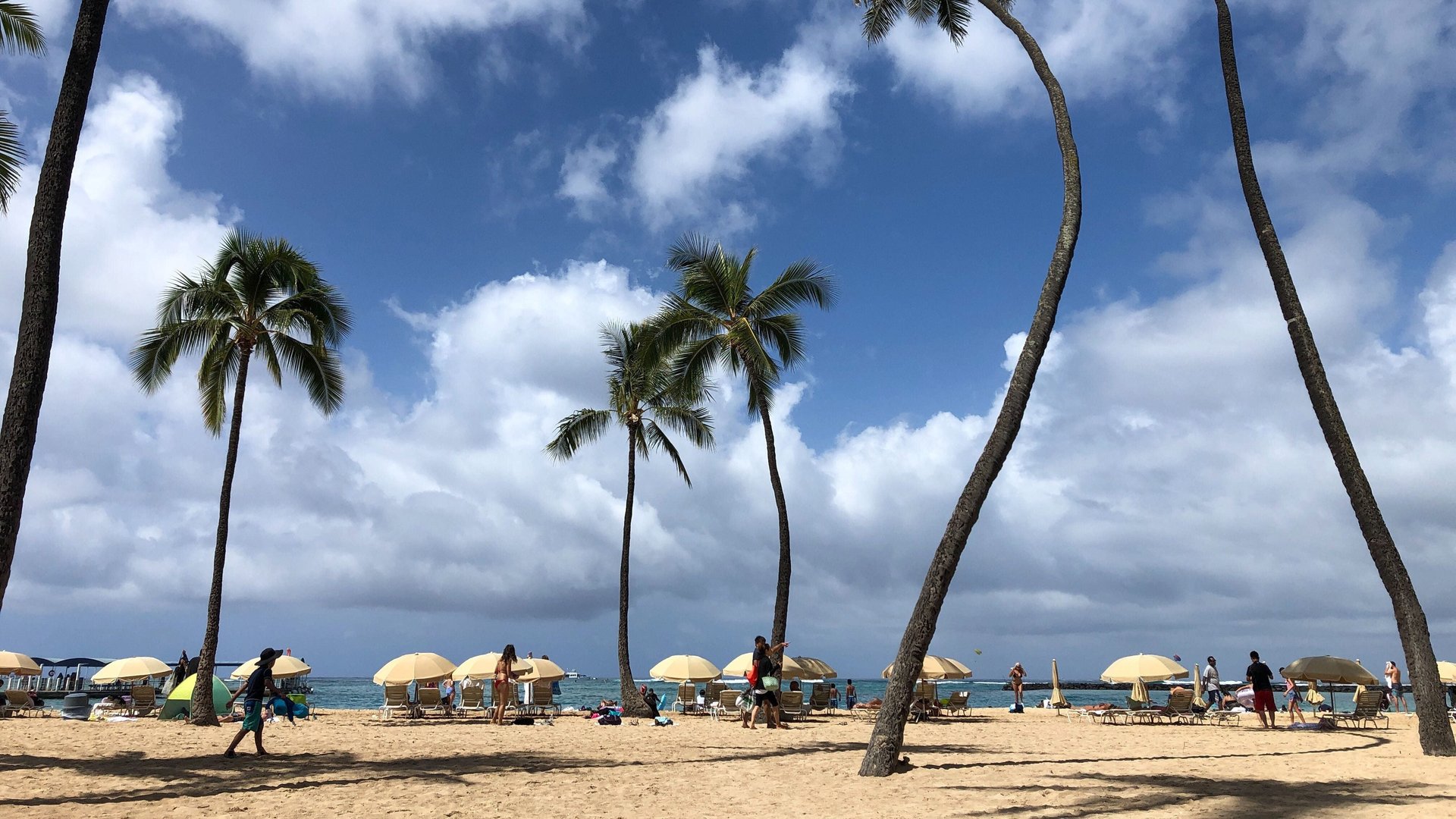A third of Americans don’t get paid vacation
In most of the rich world, employers must give their workers a certain amount of paid leave. In the UK, for example, employees automatically receive 28 days of annual paid leave. France, Spain, Japan and Chile also all require double-digit days of leave.


In most of the rich world, employers must give their workers a certain amount of paid leave. In the UK, for example, employees automatically receive 28 days of annual paid leave. France, Spain, Japan and Chile also all require double-digit days of leave.
Not so in the US. The federal government does not require companies to provide any paid leave at all. Many employers have taken up the government on that offer.
According to a recently released study from the US Bureau of Labor Statistics, about 33% of wage and salary workers in the US did not have access to any paid leave from 2017 to 2018. This is actually an improvement from 2011, when 38% of workers said they didn’t get paid leave. Ninety-five percent of workers with access to leave in 2017-2018 said they could use it for vacation, with the other 5% only able to use it for things like illness or childcare.
The report shows workers with least education are least likely to get leave. While 79% of workers with bachelor’s degree had paid leave, less than 40% of those without a high school eduction got this benefit.
In his 2019 book Spending Time: The Most Valuable Resource, economist Daniel Hamermesh says the lack of paid leave explains why Americans spend more time working than people in just about any other rich country. The US was not all that different than countries like Japan and the UK 40 years ago. Since then, however, those countries have instituted strict paid-leave policies. Other wealthy countries “have made the political choice to accept slightly lower annual incomes in exchange for less time working,” writes Hamermesh. “Americans have not.”